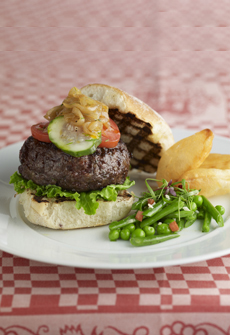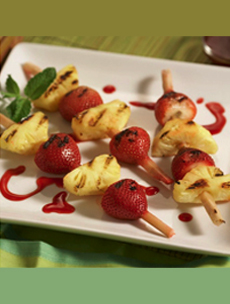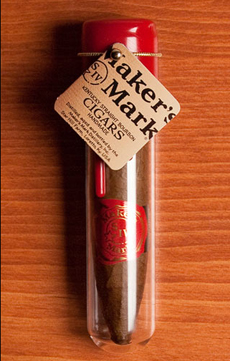|

Do we have to cook this beautiful beef to
well done? Maybe not. Photo by FCAFoto
Digital | IST.
|
|
Because ground meat has been a significant source of foodborne illness, the USDA advises consumers to use a meat thermometer when cooking burgers. In other words, you should not rely on eyeballing the internal color of the meat to ensure it’s safe to eat.
The agency’s research has shown that the color of meat is not a reliable indicator of ground beef safety. To be safe from harmful bacteria such as E. coli, ground beef must be cooked thoroughly to 160°F: thoroughly well done. This recommendation applies to all ground beef, including meat balls and meat loaf.
Why, then, can you eat steak as rare as you like?
When a steak, roast or other cut of beef is cooked, the heat kills all the bacteria, which are on the surface of the meat.
When beef is ground, however, the bacteria are dispersed to every individual ground bit. They’ll be killed if they’re on the surface of the meat that’s exposed to the heat. But unless the ground beef is cooked to 160°F, any harmful bacteria inside the beef/meat ball/meat loaf will still be viable.
|
|
If you love your beef medium rare—and we do—you have options to limit your exposure. While there are no guarantees, you can:
Buy organic ground beef. Organic beef producers typically have higher standards of production than conventional beef producers, so there’s less chance of contamination with E. coli. (Check out the serious cartoon, The Meatrix.)
Grind your own meat. If you have a food processor, get the meat grinder attachment. Or, you can purchase a separate meat grinder. Hand-cranked ones are inexpensive. You can find a good electric meat grinder for $130 or so. Rinse the meat surfaces and pat dry before grinding.
A meat grinder does more than make burgers. You can grind your own pork, poultry, veal and lamb as well as beef; and make sausages, ham salad, ham loaf, chopped liver, corned beef hash—even cat food.
O.K., so where’s the beef? Otherwise asked, how to you get your burger or steak to the desired degree of doneness?
If you don’t have a meat thermometer, you can try it by touch. While that’s not what the USDA advises, that’s how chefs in every restaurant do it. See this simple meat doneness pictorial and try it.
Meat Thermometer Readings For Steak & Burgers
Rare: 120°F to 125 degrees°F (center is raw, growing pinkish toward the exterior)
Medium Rare: 130 °F to 135°F (center is pink, growing slightly brown toward the exterior)
Medium: 140°F to 145°F (center is pale pink, growing brown toward the exterior)
Medium Well: 150°F to 155°F (no pink left)
Well Done: 160°F to 165°F (uniformly brown throughout)
Remember that food continues to cook internally when it’s removed from the heat. So removing it from the stove or grill when the meat thermometer reads 10°F less for beef, 5°F less for burgers (because they don’t need to “rest” for 10-15 minutes before slicing).
To speak with an expert, call the USDA Meat and Poultry Hotline, 1.888.MPHotline (1.888.674.6854) during business hours. Learn more at IsItDoneYet.gov.
|




